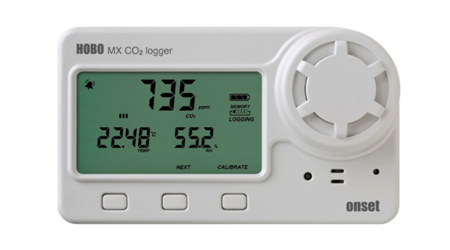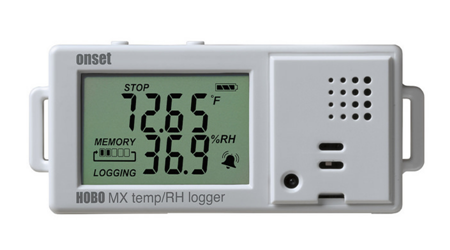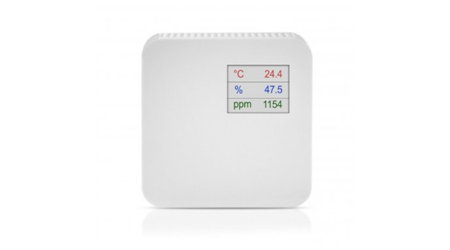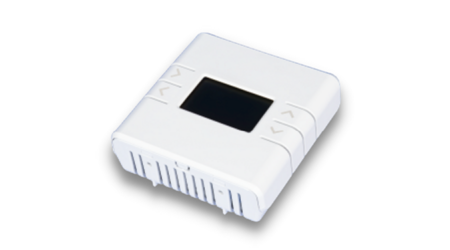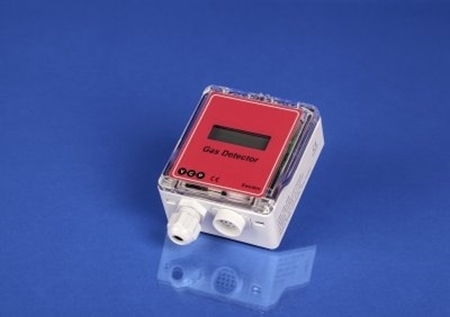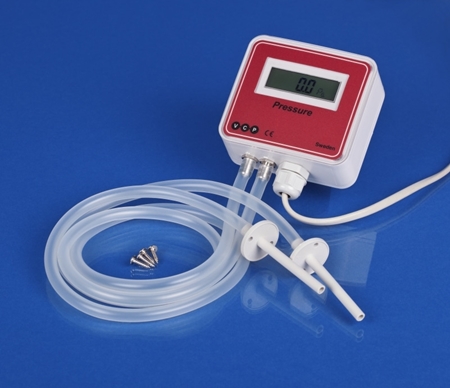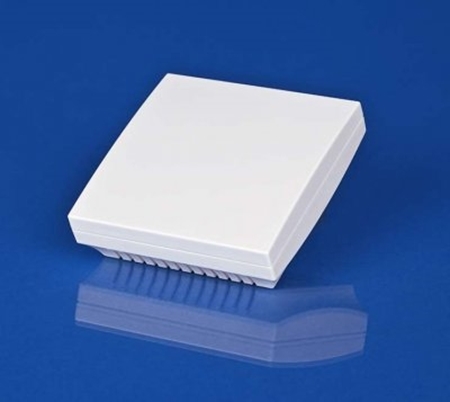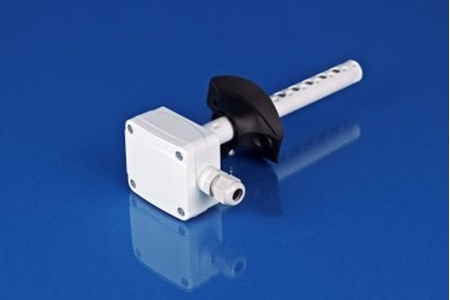Air Quality Monitoring
The air we breathe daily matters.
People spend the majority of their time indoors and expect buildings to keep them comfortable at all times. However, it's difficult to define what is "good" air quality although you would recognise it when you experience it. It varies from person to person but generally speaking, acceptable air quality lacks odours, contaminants and “stuffiness.” The fact that we need to assess things that don't belong, rather than things that do, complicates determining whether air quality is "good" or "needs improvement."
The Environmental Protection Agency has classified indoor air quality (IAQ) as one of the top five most important environmental threats to human health. With the increase of time spent indoors, the effects of indoor air pollution on people can be more severe than those of outdoor air pollution. Common indoor air contaminants and sources include;
- carbon monoxide,
- carbon dioxide,
- moulds and bacteria,
- outdoor air pollutants such as pollen and dust
These toxins are emitted from a wide range of products such as paints, cleaning supplies, pesticides, building materials and furnishings, and office equipment.
While additional outside air improves indoor air quality, it also increases heating and cooling loads. Maintaining acceptable indoor air quality becomes a balancing act between air quality and energy consumption. With this being said, building managers now have the demanding task of balancing temperature, humidity and other environmental conditions to deliver fresh air and ensure the health and comfort of its’ occupants. Maintaining this level of comfort at a reasonable cost however, may be difficult or impossible if the mechanical equipment is outdated or has insufficient controls.
To ensure the air circulating through your vents and in your buildings is clean and free of pollutants, install an indoor air quality wireless sensor system. They can provide unbiased information on system operations as well as, help to identify the course of comfort complaints, diagnose HVAC equipment operation and discover potential energy efficiency upgrades. The data loggers and sensors can monitor a variety of measurements including; CO2 levels, humidity levels, temperature, particulate matter counts (PM), volatile organic compounds (VOCs) as well as other important factors that may be affecting the wellbeing of those inside.
Like to learn more?
Read through this recent use case from a school in the US where they installed multiple HOBO MX1101A data loggers and gateways to improve the air quality in classrooms for their students and faculty.
Download: Use Case – Air Quality in Schools



